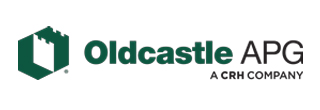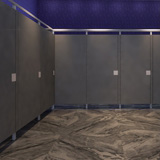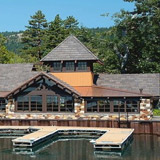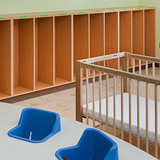JOIN US EACH DAY • FREE TO ATTEND!
Web-Series for District of Columbia, Maryland, & Virginia

Web-Series for District of Columbia, Maryland, & Virginia
Event Dates
Monday, September 14 | Tuesday, September 15 | Wednesday, September 16 | Thursday, September 17
Available Credits
14 AIA HSW/LU CE Hour(s)
5 GBCI General Hour
Event Agenda
Monday, September 14, 2020
Monday, September 14, 2020 | 10:00 am Central
|
Sponsored By PROSOCO 1 AIA HSW/LU CE Hour(s) 1 GBCI General Hour Learning Objectives:
|
Monday, September 14, 2020 | 11:00 am Central
|
Sponsored By DuPont Performance Building Solutions 1 AIA LU CE Hour(s) 1 GBCI General Hour Learning Objectives:
|
Monday, September 14, 2020 | 1:00 pm Central
|
Sponsored By Armortex 1 AIA HSW/LU CE Hour(s) Learning Objectives:
|
Monday, September 14, 2020 | 2:00 pm Central
|
Sponsored By Ron Blank & Associates Inc. 1 AIA HSW/LU CE Hour(s) Learning Objectives:
|
Tuesday, September 15, 2020
Tuesday, September 15, 2020 | 1:00 pm Central
|
Sponsored By Eagle Roofing 1 AIA HSW/LU CE Hour(s) 1 GBCI General Hour Learning Objectives:
|
Tuesday, September 15, 2020 | 2:00 pm Central
|
Sponsored By International Cellulose Corporation 1 AIA HSW/LU CE Hour(s) 1 GBCI General Hour Learning Objectives:
|
Wednesday, September 16, 2020
Wednesday, September 16, 2020 | 10:00 am Central
|
Sponsored By Oldcastle APG 1 AIA HSW/LU CE Hour(s) Learning Objectives:
|
Wednesday, September 16, 2020 | 11:00 am Central
|
Sponsored By TOTO USA, Inc. 1 AIA HSW/LU CE Hour(s) 1 GBCI General Hour Learning Objectives:
|
Wednesday, September 16, 2020 | 1:00 pm Central
|
Sponsored By Regupol America LLC 1 AIA HSW/LU CE Hour(s) 1 GBCI General Hour Learning Objectives:
|
Wednesday, September 16, 2020 | 2:00 pm Central
|
Sponsored By Scranton Products 1 AIA HSW/LU CE Hour(s) Learning Objectives:
|
Thursday, September 17, 2020
Thursday, September 17, 2020 | 10:00 am Central
|
Sponsored By Wolf Home Products 1 AIA HSW/LU CE Hour(s) 1 GBCI General Hour Learning Objectives:
|
Thursday, September 17, 2020 | 11:00 am Central
|
Sponsored By DaVinci Roofscapes 1 AIA HSW/LU CE Hour(s) Learning Objectives:
|
Thursday, September 17, 2020 | 1:00 pm Central
|
Sponsored By Regupol America LLC 1 AIA HSW/LU CE Hour(s) Learning Objectives:
|
Thursday, September 17, 2020 | 2:00 pm Central
|
Sponsored By Case Systems 1 AIA HSW/LU CE Hour(s) 1 GBCI General Hour Learning Objectives:
|

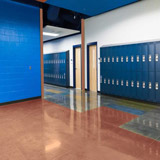
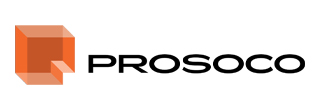
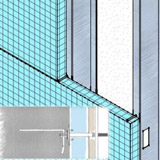

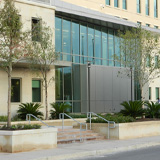
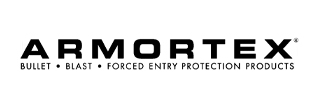

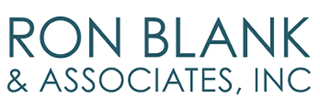
.jpg)




